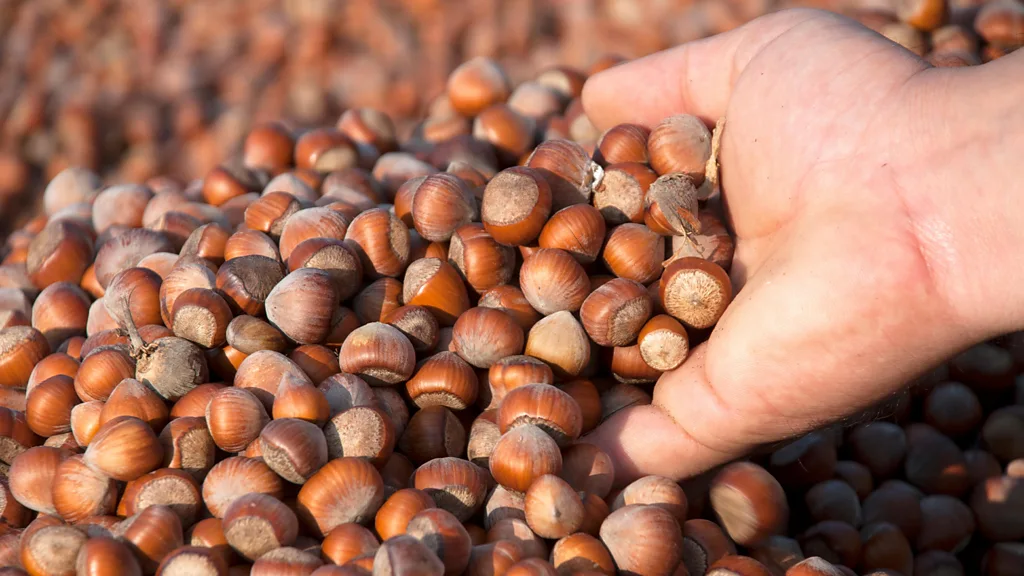
Turkey's Sweet Gift to the World
When one thinks of Turkey, images of stunning landscapes, rich history, and vibrant culture often come to mind. However, for those with a sweet tooth, Turkey offers something equally remarkable—its delectable sweets. Among these, Turkish delight, or lokum, stands out as the country’s iconic sweet gift to the world.
A Brief History of Turkish Delight
Turkish delight has a storied history that dates back to the Ottoman Empire. Legend has it that the confection was created in the late 18th century by Bekir Efendi, a confectioner who opened his shop in Istanbul. According to lore, Bekir invented lokum to win the favor of a sultan who had grown weary of hard candies. Whether rooted in myth or fact, the story adds a layer of intrigue to the beloved sweet.
What is Turkish Delight?
At its core, Turkish delight is a simple yet enchanting confection. Traditionally made from sugar, water, and starch, the mixture is heated until it becomes a thick, sticky syrup. This syrup is then flavored with ingredients such as rosewater, lemon, or mastic—a resin obtained from the mastic tree. After being poured into molds and allowed to set, the lokum is cut into small cubes and dusted with powdered sugar or desiccated coconut to prevent sticking.
Over the years, the basic recipe has evolved to include a variety of flavors and fillings. Today, you can find Turkish delight infused with the essence of pomegranate, mint, or orange. Some versions are studded with nuts like pistachios, hazelnuts, or walnuts, adding an extra layer of texture and flavor.
The Cultural Significance of Turkish Delight
Turkish delight is more than just a sweet treat; it holds significant cultural value in Turkey. It's a staple during holidays and special occasions, often served with Turkish coffee or tea. Guests in Turkish homes are frequently greeted with a tray of lokum, a gesture symbolizing hospitality and goodwill.
Furthermore, Turkish delight plays a role in various rituals and customs. During Eid al-Fitr and Eid al-Adha, the sweet is exchanged among friends and family as a symbol of joy and celebration. In some regions, it is even used in wedding ceremonies, where it serves as both a treat and a token of good fortune for the newlyweds.
Turkish Delight Goes Global
The appeal of Turkish delight extends far beyond Turkey's borders. The confection gained international fame in part thanks to literature. C.S. Lewis’s "The Lion, the Witch, and the Wardrobe" features a memorable scene in which the character Edmund is seduced by the White Witch with enchanted Turkish delight. This literary nod introduced many readers to the sweet and sparked their curiosity.
Travelers to Turkey often find themselves charmed by the abundance of lokum varieties available in local markets and shops. Many bring back boxes of the delicacy as souvenirs, further spreading its fame. Over time, Turkish delight has found its way into gourmet shops, supermarkets, and specialty stores around the world.
Making Turkish Delight at Home
If you’re inspired to try your hand at making Turkish delight, here’s a simple recipe to get you started:
Ingredients:
- 4 cups granulated sugar
- 1 ½ cups water
- 1 teaspoon lemon juice
- 1 cup cornstarch
- 1 teaspoon cream of tartar
- 1 ½ cups cold water
- 1 tablespoon rosewater or your preferred flavoring
- Food coloring (optional)
- ½ cup powdered sugar
- ¼ cup cornstarch (for dusting)
Instructions:
- Prepare the syrup:
- In a large saucepan, combine granulated sugar, 1 ½ cups of water, and lemon juice.
- Bring to a boil over medium heat, stirring until the sugar dissolves.
- Once it boils, stop stirring and use a candy thermometer to ensure the mixture reaches 240°F (115°C). Remove from heat.
- Make the starch mixture:
- In another saucepan, whisk together 1 cup of cornstarch, cream of tartar, and cold water.
- Cook over medium heat, stirring continuously until the mixture thickens and turns into a paste.
- Combine and cook:
- Gradually pour the hot syrup into the starch mixture, whisking continuously.
- Reduce heat to low and simmer for about an hour, stirring occasionally to prevent sticking.
- Flavor and color:
- Add your rosewater or chosen flavoring and food coloring if desired.
- Stir well to incorporate.
- Set and cut:
- Pour the mixture into a greased baking dish and spread evenly.
- Allow it to set at room temperature for at least 4 hours or overnight.
- Once set, dust a cutting board with powdered sugar and cornstarch mixture.
- Turn out the lokum, cut into squares, and roll each piece in the powdered sugar mixture.
Conclusion
Turkish delight is a testament to Turkey's rich culinary heritage. Its unique flavors, cultural significance, and widespread appeal make it a cherished gift to the world. Whether you enjoy it in its traditional form or experiment with modern twists, lokum offers a sweet taste of Turkish tradition and hospitality. If you haven’t yet experienced the magic of Turkish delight, there's no better time to indulge. And if you're feeling adventurous, why not try making a batch at home? Your taste buds will thank you.


0 Comments